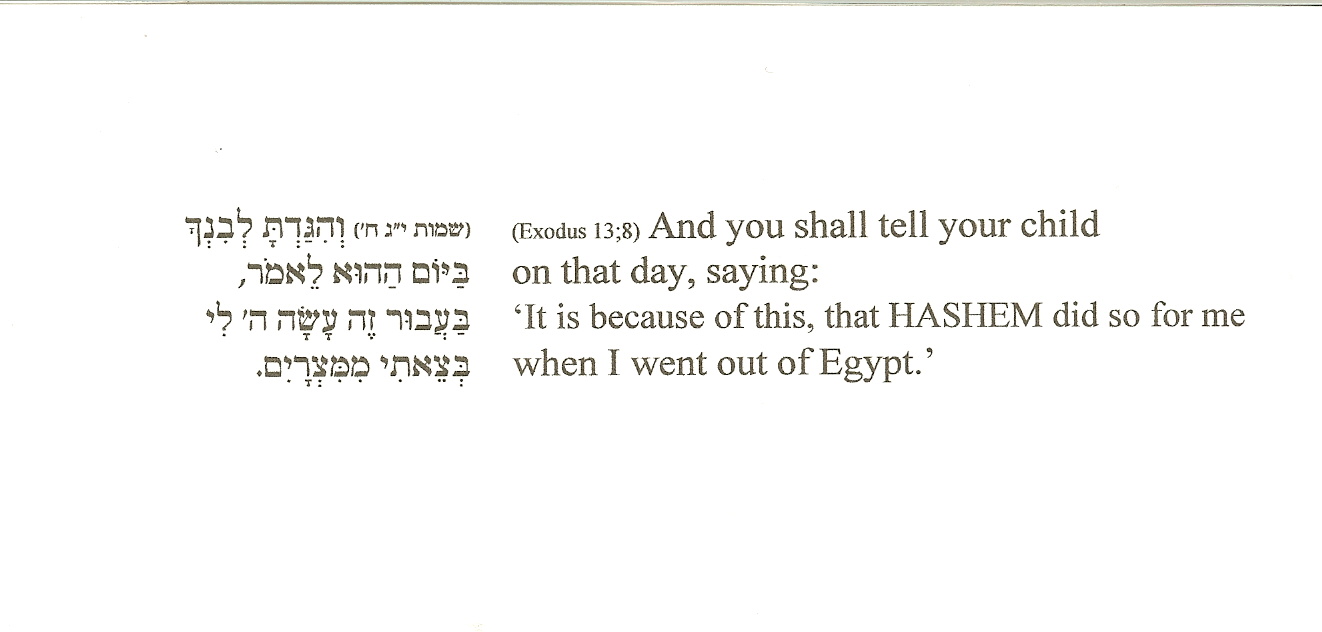Reb Zalman’s Thanksgiving Prayer
Monday, November 24th, 2008Dear Friends:
Here’s a copy of Reb Zalman’s wonderful insert to birkat hamazon / grace after meals, for your Thanksgiving celebrations:
It’s a beautiful prayer that will add a Jewish touch to your Thanksgiving celebration this year.
At the same time, we need to also reinforce the notion that it would be unkosher for us to behave as some say the Europeans did as they settled in America.
Here’s an excerpt from Reb Zalman’s book, Integral Halachah where he lists the non-negotiables, the anchors of a Halachah for our time:
